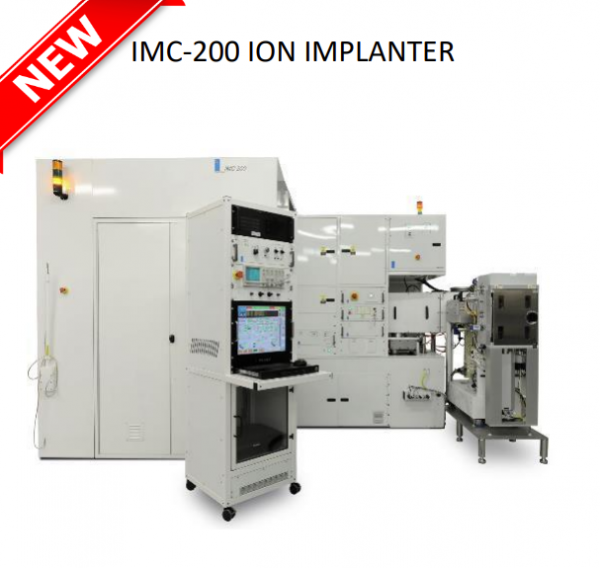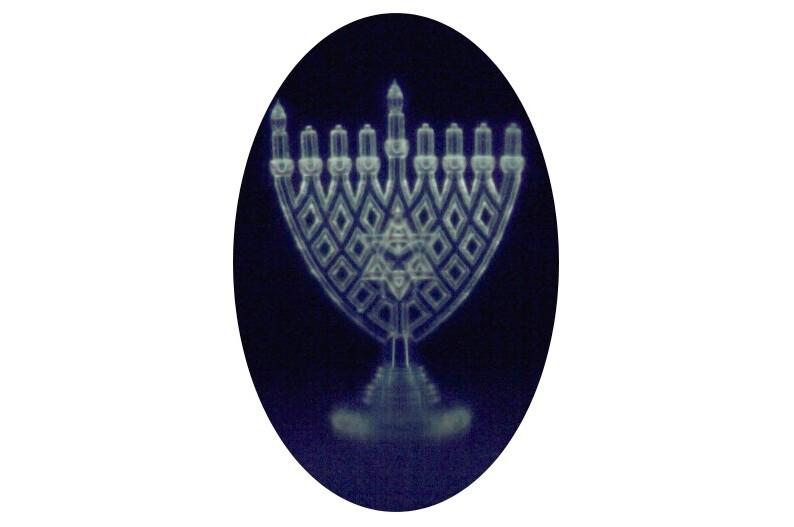The Peter Brojde Laboratory for miniature integrated systems
Almost on a daily basis we are being informed on new scientific discoveries that according to their discoverers bear the potential to bring in their wings applications that are far beyond our wildest fantasies. However, transforming these discoveries from the realm of basic research to the arena of viable technologies is not given and is not trivial. It requires the conception and realization of novel and generic integration methodologies of circuits that constitute disparate classes of separately fabricated devices and objects that are built of different materials, and are integrated into spatially organized, functional systems.
The need for such circuits arises in several different areas of applications: (i) The need to create a direct physical interface between the electronic silicon-based data processing devices, and III-V based optoelectronic devices for performing inter and intra chip optical communication; (ii) The need for "lab on a chip" modules in which microfluidic systems are equipped with analysis and signal processing capabilities in order to process biological and chemical substances; (iii) The need for complex sensors that can be integrated in every physical object and possess signal processing and communication capabilities.
The mission of the Peter Brojde Laboratory is to identify the scientific and engineering principles on which these technologies can be based and to pave the road for their realization. These technologies which are grouped under the term Heterogeneous Integration (HT) are expected to enable the construction of integrated circuits with levels of complexity and performance that exceed substantially the current state of the art.

The world's smallest Hanukkiah was made using the new Nanoscribe system that was recently installed in the Brojde Laboratory by Yossi Kabessa (Shiller Fellow at the Brojde Center 2013-2014) and Ido Eisenberg (Peter Brojde Fellow at the Brojde Center 2013-2014).




